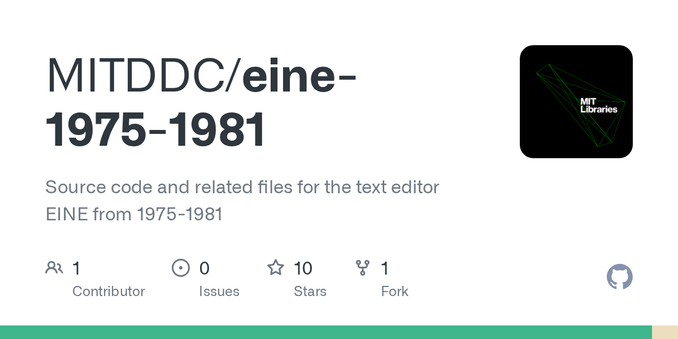@demiguru
I understand that emacs is designed to be invoked and then one will live in it until the end of his session. While vi is designed to be invoked as needed.
But on today's computer, emacs usually is also super fast, whether their invocation, opening files or when processing something.
I understand that emacs is not following Unix philosophy at all.
But in a sense, emacs is nothing but elisp interpreter with some addition to aid text editing.
All of those elisp packages are not emacs. They are just elisp packages, running on emacs. And those elisp packages usually are highly specialized tools.
I understand composability means each tools can be combined to build a more complex solution, such as through piping and redirection.
In a sense, elisp packages are just functions. We can use them in our own elisp code. But I know, it is different with the Unix composability.
#GNUEmacs #Emacs
@weavejester



